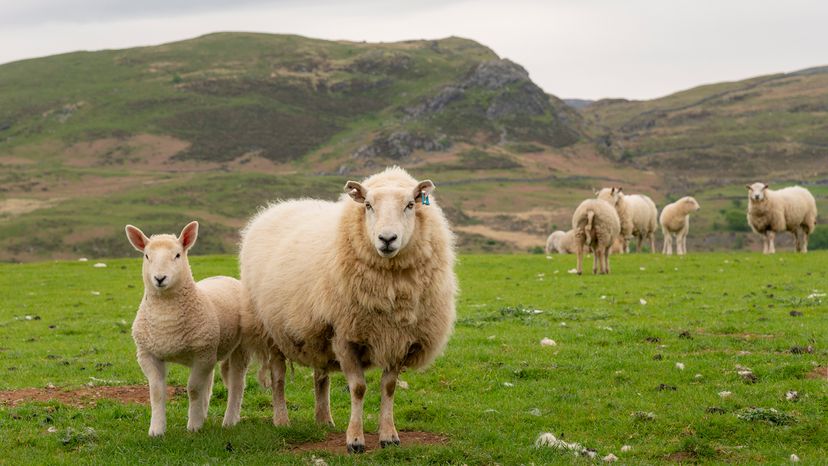
In like a lion, out like a lamb. A wolf in sheep's clothing. Ruminants seem to have a hold on our collective imagination, but what exactly is the difference between them? Let's get to the bottom of lamb vs. sheep mysteries.
Advertisement

In like a lion, out like a lamb. A wolf in sheep's clothing. Ruminants seem to have a hold on our collective imagination, but what exactly is the difference between them? Let's get to the bottom of lamb vs. sheep mysteries.
Advertisement
A lamb is simply a baby sheep (Ovis aries). Lambs nurse from their mothers until they are four or five months old, at which point their milk teeth fall out. Lambs sexually mature between 1 and 2 years of age, around which point their adult teeth form.
People generally use the word lamb to refer to sheep under 1 year old.
Advertisement
A young male sheep may be called a ram lamb, while a young female sheep may be called a ewe lamb.
A lamb and a sheep are the same species, just at different ages. Baby sheep are called lambs, and mature sheep are called sheep.
Advertisement
Domesticated sheep (Ovis aries) are ruminants (cud-chewing animals) which humans use for meat, milk and wool. Sheep were domesticated from wild sheep around 5000 BCE; sheep wool, milk and meat remain important products for humans.
Adult sheep go by several names:
Advertisement
Although a lamb and a sheep are the same animal, sheep meat tastes different depending on how old the animal was when it was slaughtered.
It's not uncommon for meat from the same species to have different names. For example, beef from a very young cow is known as veal. Meat from baby animals has a milder flavor and a more tender texture.
Advertisement
Please copy/paste the following text to properly cite this HowStuffWorks.com article:
Advertisement